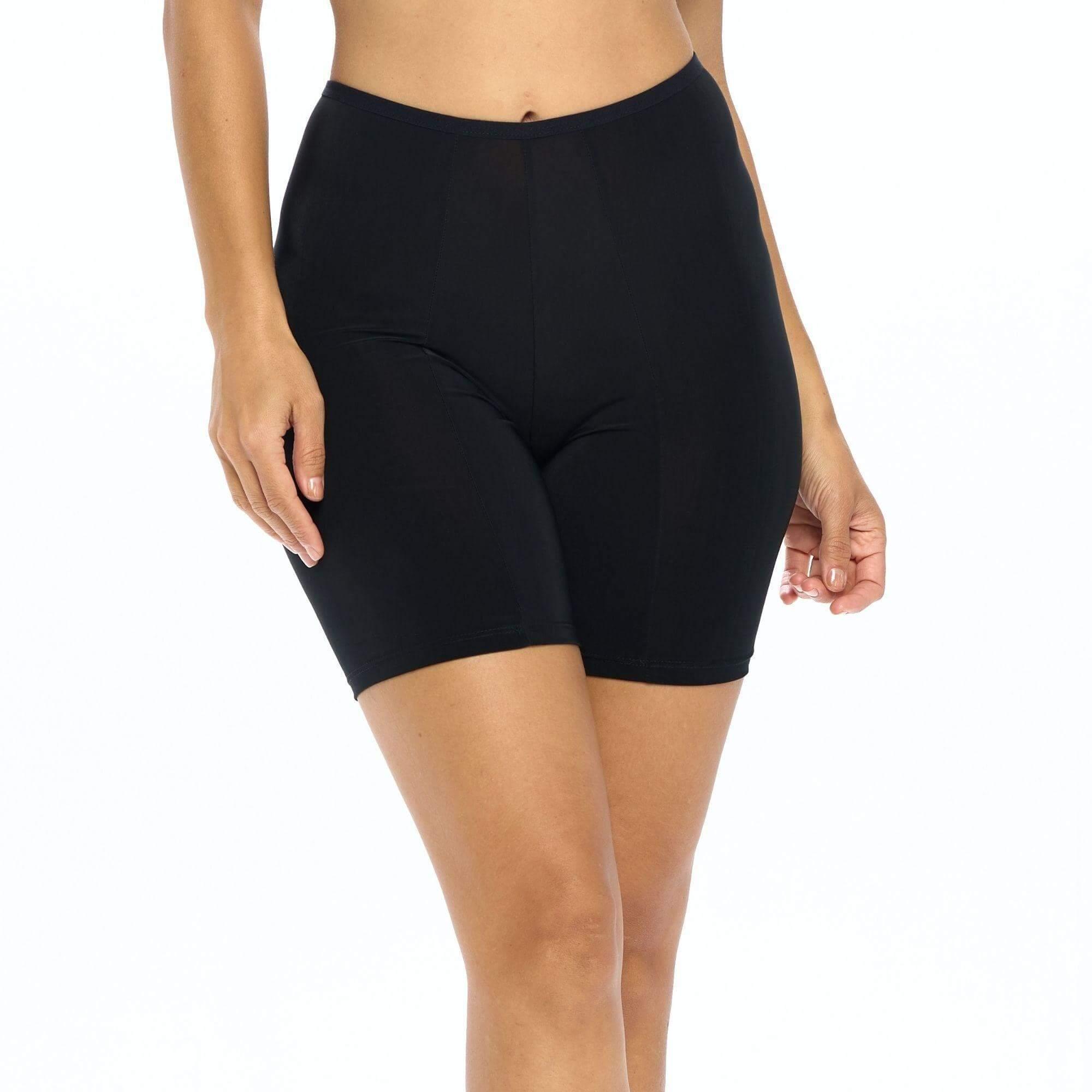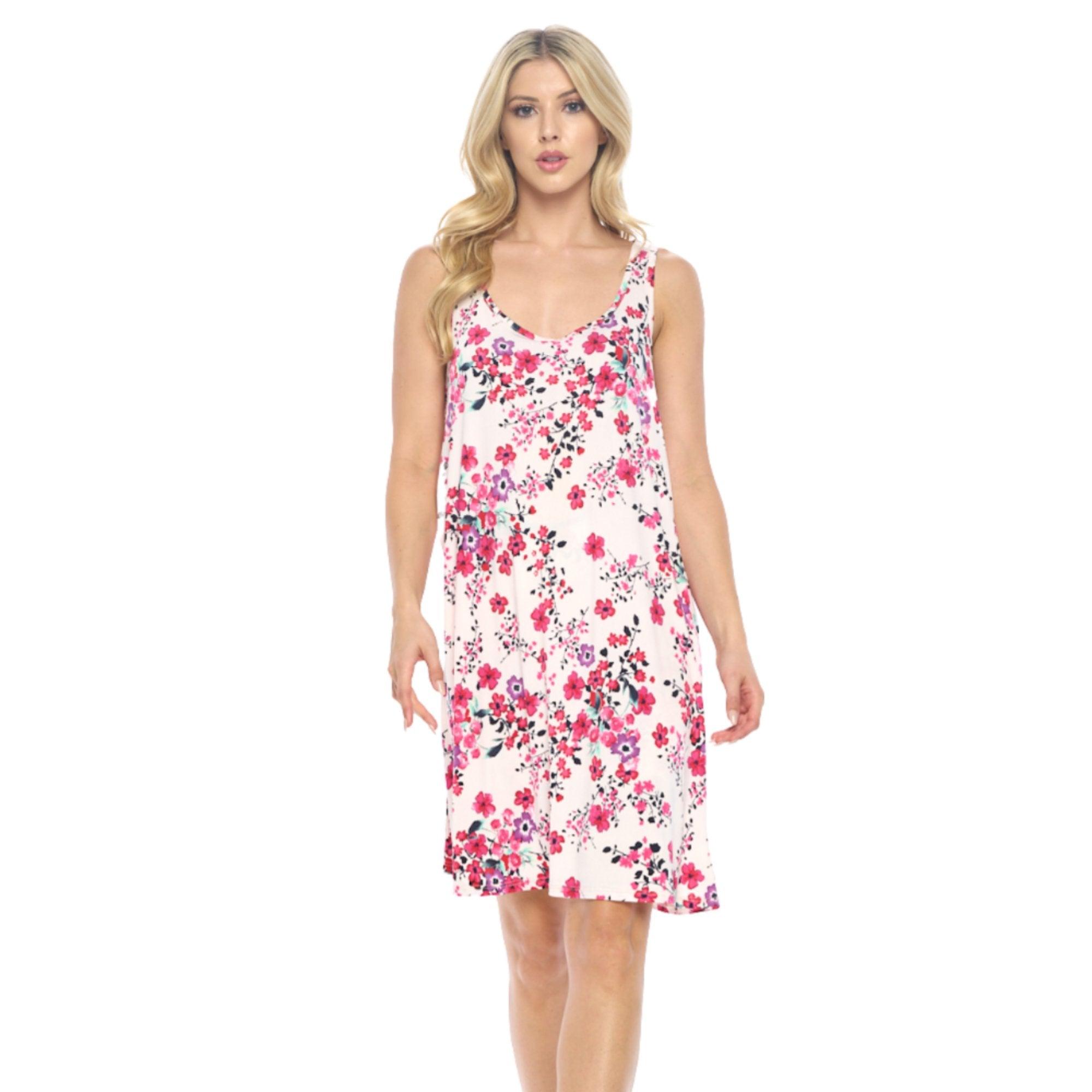Fashion is an important part of our daily lives. Yet, sometimes it can be difficult to feel confident in what we are wearing. If you want to feel confident and stylish in your clothes, there are certain guidelines you can follow that will help you achieve that goal. Here are five tips on how to wear clothes with confidence and style.
Understanding Your Style
Everyone has their own unique personal style. Understanding your style is the first step towards looking confident and stylish. Knowing what suits you and what doesn't is essential in helping you feel comfortable in your clothes. Do you prefer classic, chic outfits, or bright, bold statement pieces? Take the time to examine your preferences for color, pattern, and style.
Your style is a reflection of your personality, lifestyle, and interests. It's important to dress in a way that makes you feel good and confident. If you're not sure where to start, take some time to think about what you like and what makes you feel comfortable. Are you drawn to neutral colors or do you prefer bold, bright hues? Do you like to wear prints or do you prefer solid colors? Understanding these preferences will help you build a wardrobe that you love.
Identifying Your Style Preferences
To identify your style preferences, you need to start by examining your current wardrobe. Take note of the colors, patterns, and styles that you tend to gravitate towards. This will give you a good starting point for understanding your style. You can also look for inspiration from fashion magazines, social media, and fashion blogs. Note down your favorite looks and try to incorporate elements of them into your wardrobe. Remember, it's important to be true to yourself and not just follow the latest trend.
Another way to identify your style preferences is to think about your lifestyle. What do you do daily? Do you work in an office or are you a stay-at-home parent? Do you enjoy outdoor activities or do you prefer to spend your time indoors? Your lifestyle can have a big impact on your style, so it's important to consider it when building your wardrobe.
Building a Wardrobe That Reflects Your Style
Once you know your style preferences, you can start building a wardrobe that reflects your style. Invest in a few key pieces that can be dressed up or down and that will carry you through different occasions. Start with basics like a well-fitting white shirt or a pair of classic black pumps. From there, you can add fun pieces that show off your personality and style.
When building your wardrobe, it's important to think about versatility. Look for pieces that can be mixed and matched to create different outfits. This will give you more options and make it easier to get dressed in the morning. Don't be afraid to experiment with different styles and trends, but always stay true to your style.
Remember, your personal style is a journey, not a destination. It's okay to make mistakes and try new things. The most important thing is to have fun and feel confident in your clothes.
Choosing the Right Fit for Your Body Type
The right fit is critical to feeling confident and comfortable in your clothes. Everyone has a unique body shape, and it's important to choose clothes that will flatter your specific body type. Not only will this make you look great, but it will also boost your confidence and self-esteem.
Determining Your Body Shape
The first step in determining your body shape is to take a critical look at your body in the mirror. Stand in front of a full-length mirror and assess your body from head to toe. The most common body shapes are hourglass, apple, pear, rectangular, and inverted triangles. Each shape has its own unique set of characteristics and clothing that will flatter it best.

If you have an hourglass figure, your bust and hips are roughly the same size, and you have a defined waistline. If you have an apple shape, you carry most of your weight in your midsection, and you have a larger bust and broader shoulders. If you have a pear shape, you carry most of your weight in your hips and thighs, and you have a smaller bust and narrower shoulders. If you have a rectangular shape, your bust and hips are roughly the same sizes, and you have little definition in your waistline. If you have an inverted triangle shape, your shoulders are broader than your hips, and you have a smaller waistline.
Selecting Clothes That Flatter Your Figure
Once you have determined your body shape, you can start selecting clothes that flatter your figure. For example, if you have an hourglass shape, you should choose clothes that accentuate your waistline. This can be achieved by wearing high-waisted pants or skirts, belts, or form-fitting dresses. If you have an apple shape, you should focus on highlighting your upper body and drawing attention away from your midsection. This can be achieved by wearing V-neck tops or dresses, A-line skirts, or empire-waist dresses. If you have a pear shape, you should focus on highlighting your upper body and balancing out your lower body with flared pants or A-line skirts. This can be achieved by wearing tops with ruffles or embellishments, and bottoms that are wider at the hem. If you have a rectangular shape, you should focus on creating curves and emphasizing your waistline. This can be achieved by wearing tops with ruching or draping, and bottoms with a higher waistline. If you have an inverted triangle shape, you should focus on balancing out your upper body with your lower body. This can be achieved by wearing flared pants or A-line skirts, and tops that are fitted at the waist.
Remember, the key to dressing for your body type is to choose clothes that make you feel confident and comfortable. Don't be afraid to experiment with different styles and silhouettes until you find what works best for you.
Mastering the Art of Color Coordination
Color coordination is a critical part of creating a stylish outfit. Understanding color theory can help you master the art of color coordination.
Color theory is a fascinating subject that has been studied for centuries. From Renaissance painters to modern-day fashion designers, color theory has played a vital role in creating beautiful and harmonious works of art.
Understanding Color Theory
Color theory is the study of how different colors work together to create a harmonious color palette. It involves understanding the color wheel and the relationships between different colors. The most popular color combinations are complementary, analogous, and monochromatic color schemes.
Complementary colors are opposite each other on the color wheel, such as red and green or blue and orange. These colors create a vibrant contrast and can be used to create eye-catching outfits. Analogous colors are next to each other on the color wheel, such as blue and green or yellow and orange. These colors create a more subtle and harmonious effect and can be used to create a sophisticated look. Monochromatic color schemes involve using different shades and tints of the same color, such as light blue, dark blue, and navy blue. This creates a cohesive and elegant look.
Creating Outfits with Complementary Colors
Complementary colors are a popular choice for creating bold and striking outfits. A simple way to incorporate complementary colors is to mix a complementary-colored top with jeans or a skirt of the opposite color. For example, a red top with green jeans or a blue top with orange shorts. This creates a visually stunning outfit that is sure to turn heads.
Another way to incorporate complementary colors is to use accessories. For example, a green scarf with a red dress or purple earrings with a yellow top. This adds a pop of color to your outfit without being too overwhelming.
When using complementary colors, it is important to remember to balance the colors. Using too much of one color can be overwhelming and take away from the overall effect. It is also important to consider the occasion and the setting. While complementary colors can be great for a night out or a special event, they may not be appropriate for a more conservative work environment.
In conclusion, mastering the art of color coordination takes time and practice. Understanding color theory and the different color schemes is a great place to start. Whether you prefer bold and vibrant outfits or subtle and sophisticated looks, there is a color scheme that is perfect for you.
Accessorizing to Enhance Your Look
Accessories are a fun and easy way to enhance your overall look. When done right, they can add that extra bit of polish to your outfit.
Choosing the Right Accessories for Your Outfit
Accessories should complement your outfit, rather than overpower it. Start by selecting accessories that tie in with the colors in your outfit. Think about the occasion you're dressing up for when picking out accessories, as well. A simple necklace can add a touch of elegance to a cocktail dress, while a statement belt can elevate your outfit from casual to chic.
Balancing Bold and Minimalist Accessories
If you opt for bold accessories, you should keep the rest of your outfit minimalist. On the other hand, if your outfit is already bold and bright, you should choose minimalist accessories that won't distract from the look. Don't forget the power of a great pair of shoes, as they can make or break an outfit.
Boosting Your Confidence in Your Outfits
Feeling confident in your outfit is key to pulling it off with style and grace. Here are some tips to help you boost your confidence.
Practicing Good Posture and Body Language
Good posture and body language can go a long way in making you feel confident in your clothes. Stand tall, keep your shoulders back, and walk with confidence. This will not only make you look taller and slimmer, but it will also give you an air of confidence.
Embracing Your Unique Style and Owning It
The most important tip for feeling confident in your clothes is to embrace your unique style and own it. Don't compare yourself to others, and don't be afraid to take risks. Wear what makes you feel good, and remember that confidence is the most stylish thing you can wear.
Conclusion
By following these tips, you'll be well on your way to wearing clothes with confidence and style. Remember to embrace your unique style, choose clothes that flatter your figure, and accessorize to enhance your look. And most importantly, wear your clothes with confidence and own it.









